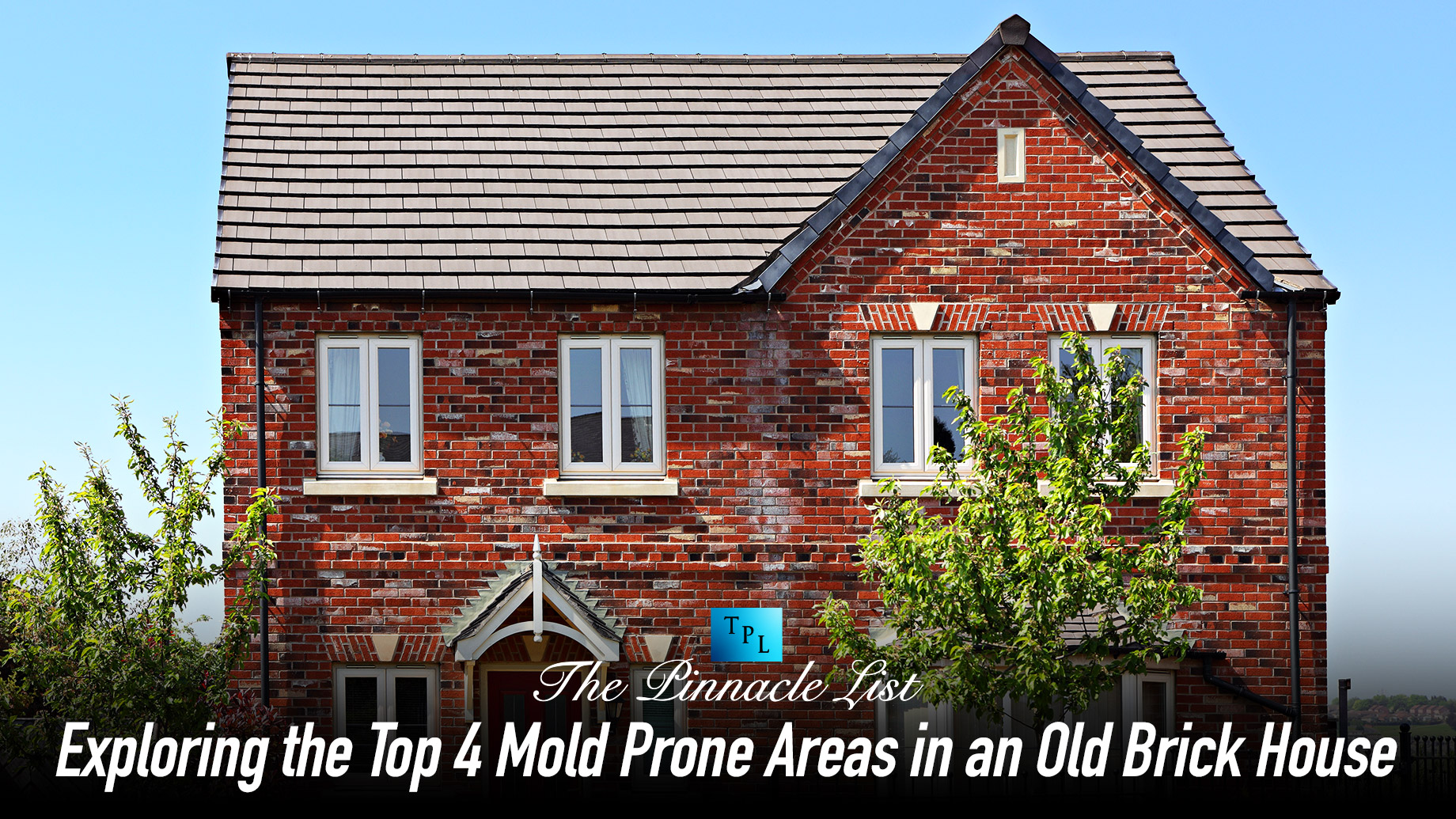
Have you ever wondered why some parts of your old brick house seem to attract mold more than others?
Mold thrives in damp, dark places, and certain spots in an old home are perfect for its growth. Knowing where mold is most likely to appear can help you protect your house and health.
Keep reading for the top mold-prone areas in an old brick house!
1. Basement Dampness
Basements are often one of the first places where mold starts to grow in an old brick house. This is because they can get quite damp, and sometimes they don’t have much light or good air moving through.
When the air is cooler than the basement walls, water from the air can settle on them. If it stays wet for too long, mold begins to grow.
Keeping your basement dry is important. You might use a machine called a dehumidifier to pull water out of the air, making it harder for mold to grow. Also, checking for leaks and fixing them right away helps keep the basement dry.
2. Bathroom Moisture
Bathrooms are a big spot for mold in old brick houses because they often get very wet. Every time you take a shower or a bath, moisture fills the air. If your bathroom doesn’t have a good fan or windows to open, it can stay too wet in there – that’s perfect for mold to start growing.
You’ll often find mold on the walls, ceiling, and around the shower or tub. To stop mold from growing, it’s a good idea to use a fan when you’re in the shower. This helps to keep the air moving and dry out the room faster.
3. Attic Condensation
Attics can be another commonplace in your old brick house where mold likes to grow. This is mostly because of condensation.
Condensation happens when warm air from inside your house moves up to the cooler attic and turns into water on the underside of the roof. This wetness is a perfect spot for mold to start living.
To stop mold in the attic, you should make sure it’s well-ventilated and that there’s no leaking from the roof. Insulating your attic properly can also help reduce condensation.
4. Window Seals
Window seals are a common place for mold growth in old brick houses, too. These areas often get overlooked, but they can trap moisture easily.
Whenever it rains or there’s a lot of humidity, water can sneak into the cracks around windows. If it doesn’t dry out quickly, mold starts to grow. You might see mold on the window sills, frames, or even on the glass near the seals.
To keep mold away from your window seals, make sure to check them regularly for leaks. If you see any water or condensation, wipe it away as soon as possible.
Keep Your Old Brick House Mold-Free
To sum it up, taking care of an old brick house means keeping an eye out for mold. By checking these spots often and keeping things dry, you can make your home a safer, healthier place. Remember, a little bit of effort goes a long way in making sure your old brick house stays beautiful and mold-free!